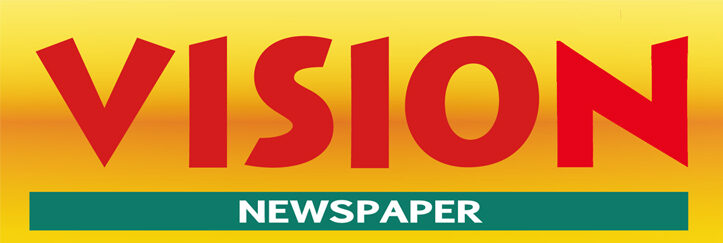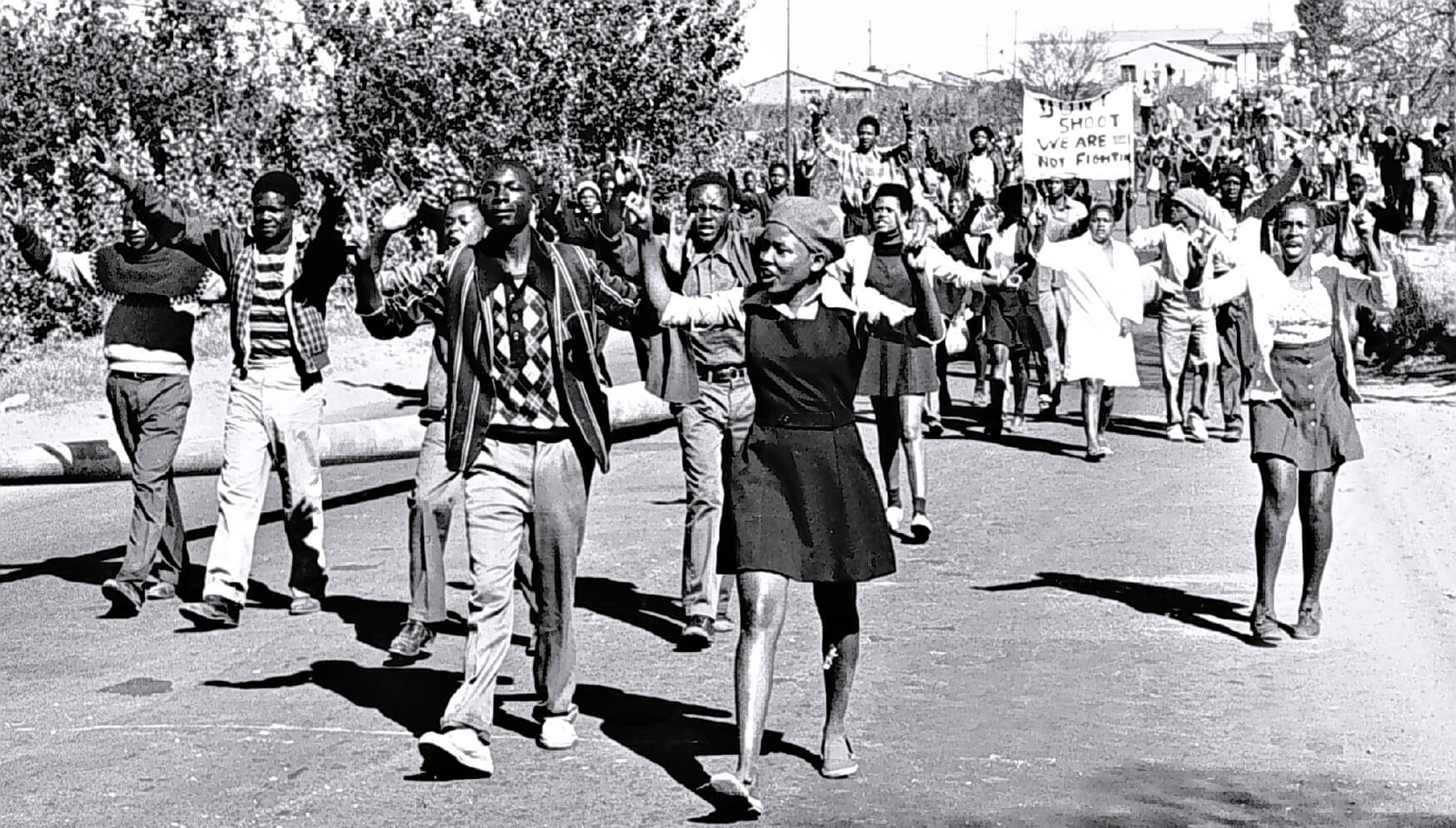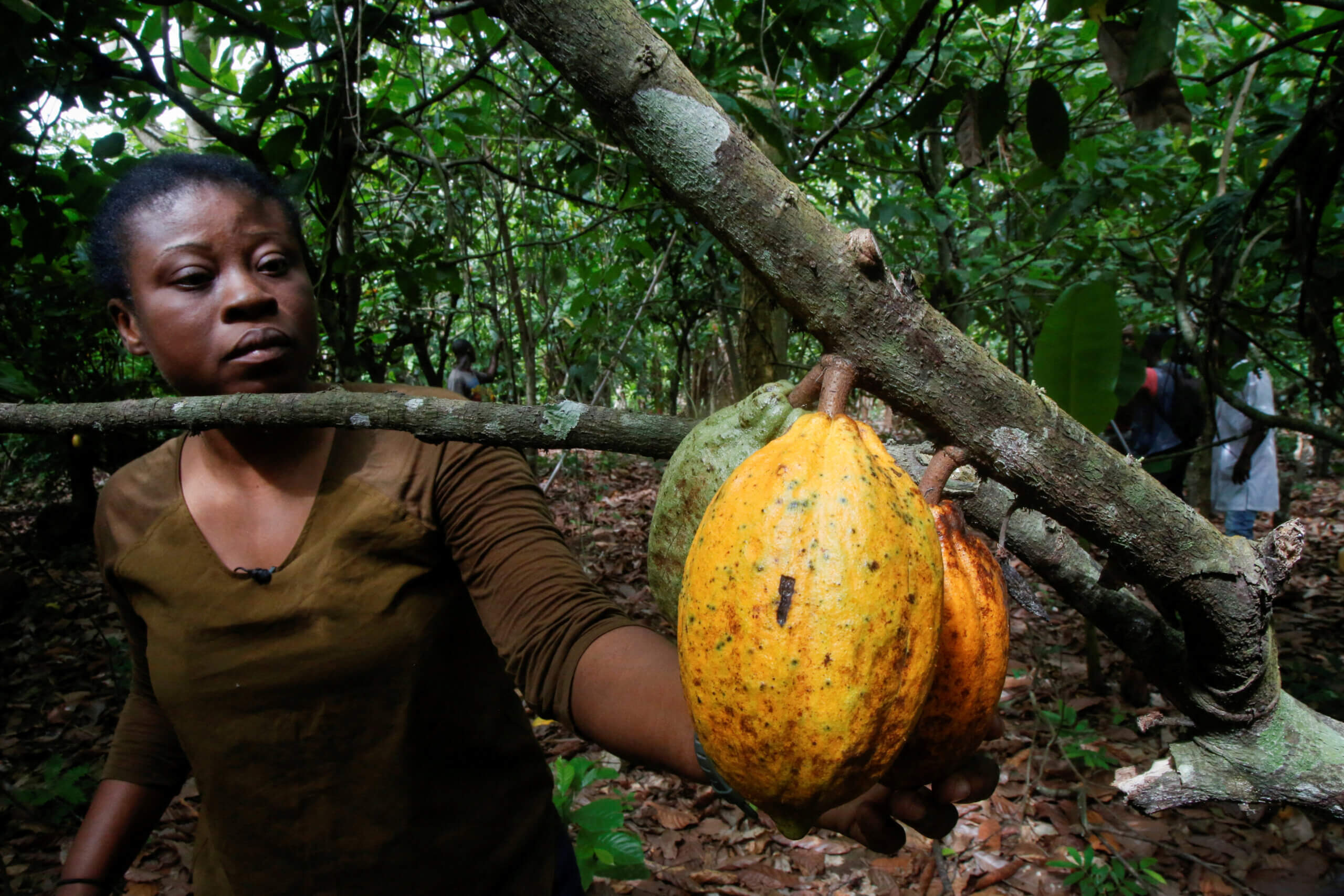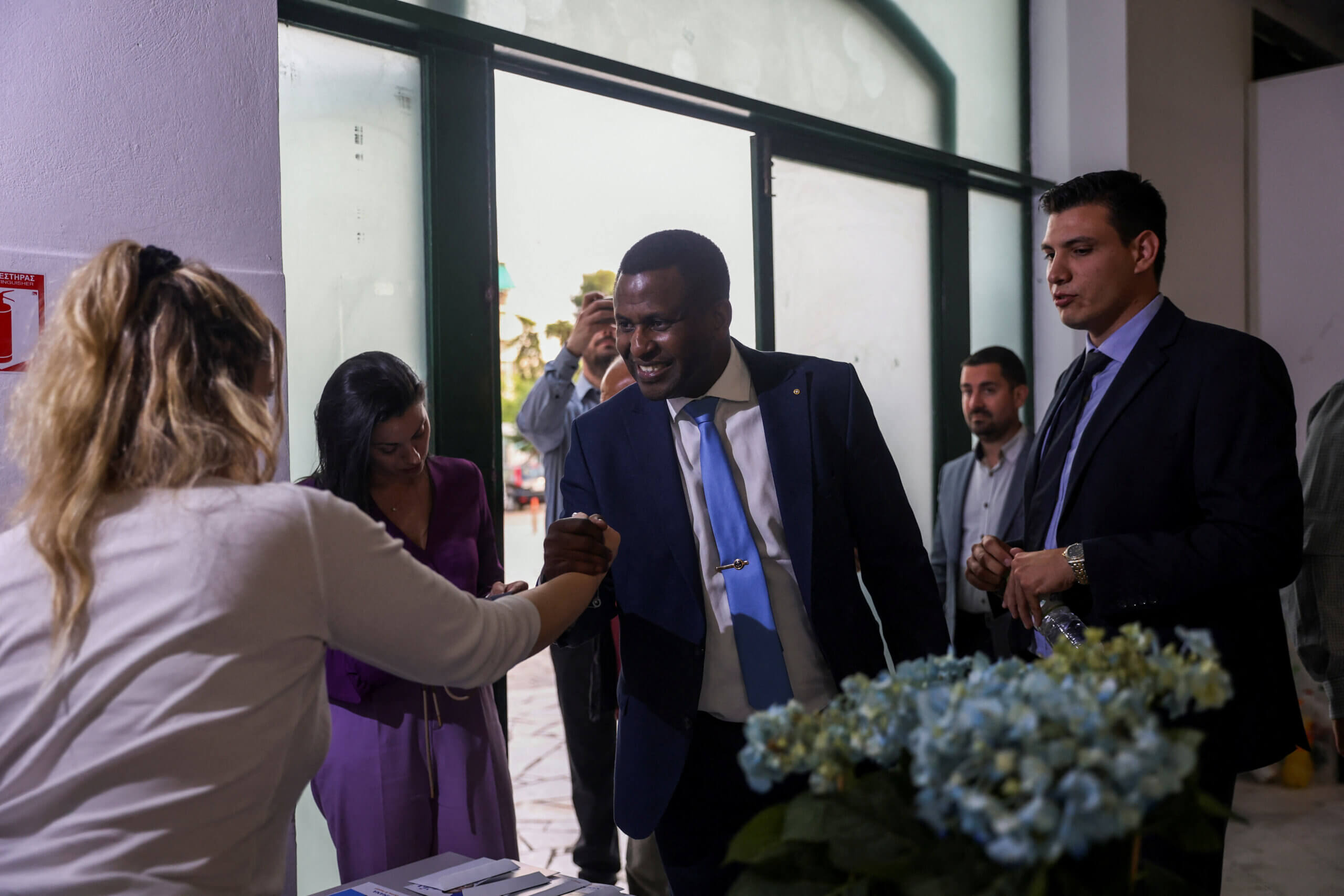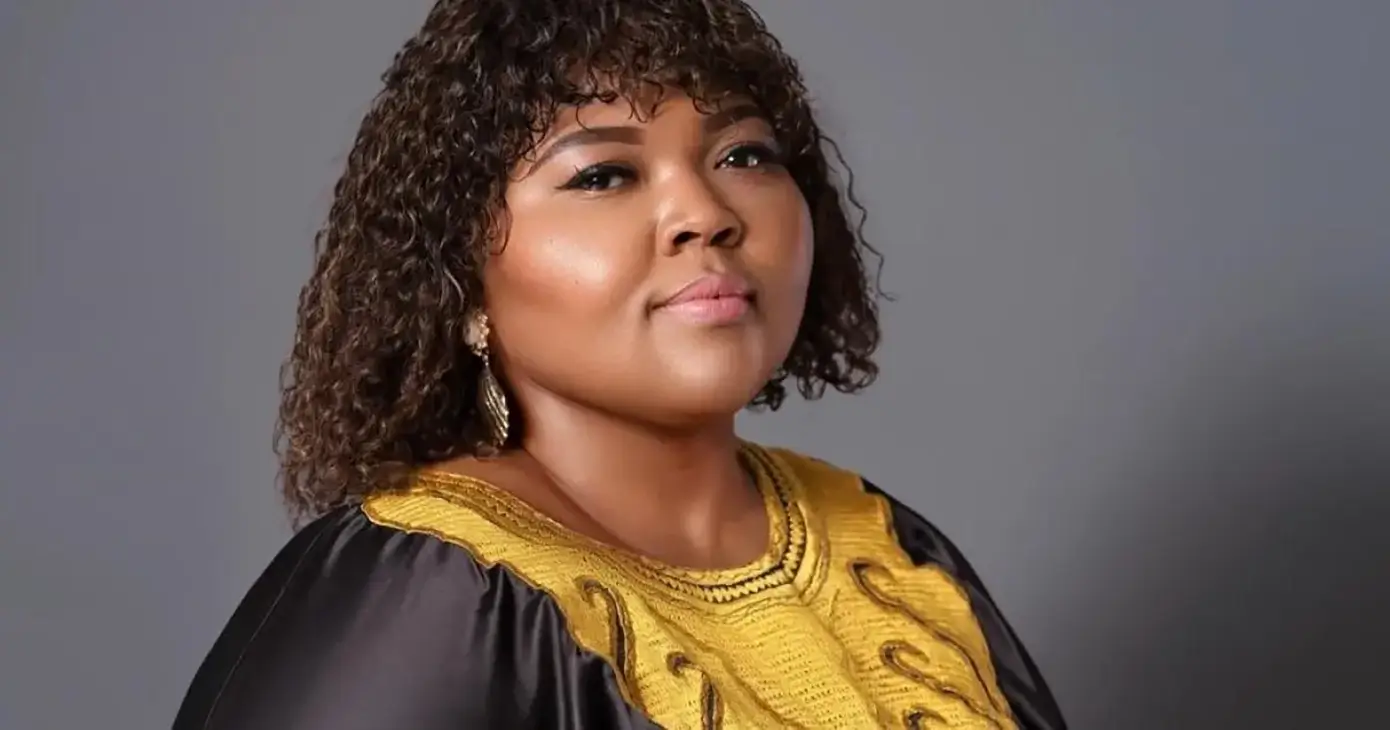Just like the generation of 1976, the youth must fight for Economic Freedom & Equality for all
Cape Town, South Africa _ FRIDAY, JUNE 16, 2023 marks 47 years since the Youth massacre in Soweto, south-west of Johannesburg, South Africa in 1976.
SOWETO, is an English syllabic abbreviation for South Western Townships.
JUNE 16, otherwise called the Soweto Uprising, was inspired and influenced by the Black Power movement.
The Soweto uprising and sometimes referred to as (Soweto riots) was a series of demonstrations and protests led by Black school children in South Africa under Apartheid that began on the morning of 16 June 1976.
In many respects, this fateful day in 1976 remains a pillar of strength to this day for many across the world.
As records confirm, Black South African high school students in Soweto protested the Afrikaans Medium Decree of 1974, which forced all Black schools to use Afrikaans and English in equal terms as languages of instruction.
According to sources who covered the developments in 1976, a change in language of instruction forced the students to focus on understanding the language, instead of the subject material. That made critical analysis of the content difficult and discouraged critical thinking.
The resentment grew until 30 April 1976, when children at Orlando West Junior School in Soweto went on strike and refused to go to school.
Their rebellion then spread to many other schools in Soweto. Black South African students protested because they believed that they deserved to be treated and taught like white South Africans. Also, very few people in Soweto spoke Afrikaans.
A student from Morris Isaacson High School, Teboho “Tsietsi” Mashinini, proposed a meeting on 13 June 1976 to discuss what should be done.
Students formed an Action Committee, later known as the Soweto Students’ Representative Council (SSRC), which organised a mass rally for 16 June to make themselves heard.
The association of Afrikaans with Apartheid prompted Black South Africans to prefer English.
In addition, English was gaining prominence as the language most often used in commerce and industry.
The 1974 decree was intended to force the reverse of the decline of Afrikaans among Black Africans, records show.
Moreover, the historians have explained, the Afrikaner-dominated government used the clause of the 1909 Union of South Africa Act that recognized only English and Dutch, the latter being replaced by Afrikaans in 1925, as official languages as its pretext.
All schools had to provide instruction in both Afrikaans and English as languages, but white South African students learned other subjects in their home language.
The Regional Director of Bantu Education (Northern Transvaal Region), J.G. Erasmus, told Circuit Inspectors and Principals of Schools that from 1 January 1975, Afrikaans had to be used for mathematics, arithmetic, and social studies from standard five (7th grade), according to the Afrikaans Medium Decree.
English would be the medium of instruction for general science and practical subjects (homecraft, needlework, woodwork, metalwork, art, agricultural science).
Indigenous languages would be used only for religious instruction, music, and physical culture.
The decree was resented deeply by the Black population.
Desmond Tutu, stated that Afrikaans was “the language of the oppressor.”
Also, teacher organizations, such as the African Teachers Association of South Africa, objected to the decree.
Punt Janson, the Deputy Minister of Bantu Education, was quoted as saying: “A Black man may be trained to work on a farm or in a factory.
He may work for an employer who is either English-speaking or Afrikaans-speaking and the man who has to give him instructions may be either English-speaking or Afrikaans-speaking. Why should we now start quarreling about the medium of instruction among the Black people as well?… No, I have not consulted them and I am not going to consult them. I have consulted the Constitution of the Republic of South Africa.…”
On the morning of June 16, 1976, between 10,000 and 20,000 Black students walked from their schools to Orlando Stadium for a rally to protest having to learn in Afrikaans in school.
Many students who later participated in the protest arrived at schools that morning without prior knowledge of the protest but agreed to become involved.
The protest was planned by the Soweto Students’ Representative Council’s (SSRC) Action Committee, with support from the wider Black Consciousness Movement (BCM).
Teachers in Soweto also supported the march after the Action Committee emphasized good discipline and peaceful actions.
Tsietsi Mashinini led students from Morris Isaacson High School to join up with others who walked from Naledi High School.
The students began the march, only to find out that police had barricaded the road along their intended route.
The leader of the action committee asked the crowd not to provoke the police, and the march continued on another route and eventually ended up near Orlando High School.
The crowd of between 3,000 and 10,000 students made its way towards the area of the school.
Students sang and waved placards with slogans such as, “Down with Afrikaans”, “Viva Azania” and “If we must do Afrikaans, Vorster must do Zulu”.
The police set their trained dog on the protesters, who responded by killing it. The police then began to shoot directly at the children.
Among the first students to be shot dead were the 15-year-old Hastings Ndlovu and the 12-year-old Hector Pieterson, who were shot at Orlando West High School.
The photographer Sam Nzima took a photograph of a dying Hector Pieterson as he was carried away by Mbuyisa Makhubo and accompanied by his sister, Antoinette Peterson, which became the symbol of the Soweto uprising.
The police attacks on the demonstrators continued, and 23 people died on the first day in Soweto. Among them was Dr. Melville Edelstein. He was stoned to death by the mob and left with a sign around his neck proclaiming, “Beware Afrikaans is the most dangerous drug for our future”.
The violence escalated, as bottle stores and beer halls, seen as outposts of the apartheid government, were targeted, as were the official outposts of the state. The violence had abated by nightfall. Police vans and armored vehicles patrolled the streets throughout the night.
Emergency clinics were swamped with injured and bloody children. The police requested for the hospital to provide a list of all victims with bullet wounds to prosecute them for rioting. The hospital administrator passed the request to the doctors, but the doctors refused to create the list. Doctors recorded bullet wounds as abscesses.
The 1,500 heavily-armed police officers deployed to Soweto on 17 June carried weapons, including automatic rifles, stun guns, and carbines. They drove around in armored vehicles with helicopters monitoring the area from the sky.
The South African Army was also ordered on standby as a tactical measure to show military force. Crowd control methods used by South African police at the time included mainly dispersement techniques.
The number of people who died is usually given as 176, with estimates up to 700.
The original government figure claimed only 23 students were killed; and the number of wounded was estimated to be over 1,000 people. Black students also killed two white people during the uprising, one of them Dr. Edelstein.
Notably, records reveal, for the government, the uprising marked the most fundamental challenge yet to apartheid.
The economic and political instability that it caused was heightened by the strengthening international boycott.
And it would be 14 years before Nelson Mandela was released, but the state could never restore the relative peace and social stability of the early 1970s, as Black resistance grew.
The liberation movements that were either weakened or exiled gained new momentum as a surge of recruits joined.
Many white South Africans were outraged at the government’s actions in Soweto. Later on June 16 and a day after the massacre, between 300 to 400 white students from the University of the Witwatersrand marched through Johannesburg’s city centre in protest of the killing of children.
Black workers went on strike as well and joined them as the campaign progressed. Riots also broke out in the Black townships of other cities in South Africa.
Student organisations directed the energy and anger of the youth toward political resistance.
Students in Thembisa, Johannesburg, organized a successful and nonviolent solidarity march, but a similar protest held in Kagiso led to police stopping a group of participants, forcing them to retreat, and killing at least five people while reinforcements were awaited.
The violence died down only on 18 June.
The University of Zululand’s records and administration buildings were set ablaze, and 33 people died in incidents in Port Elizabeth in August.
In Cape Town, 92 people died between August and September.
Most of the bloodshed had abated by the end of 1976, when the death toll had stood at more than 600.
The continued clashes in Soweto caused economic instability. The South African rand devalued fast, and the government was plunged into a crisis.
The Hector Pieterson Memorial and Museum opened in Soweto in 2002, not far from the spot that the 12 year-old Hector was shot on the June 16, 1976.
And as Mass urban protests can be traced to the student upsurge in Soweto in 1976, these activities led to bigger formations like the United Democratic Front (UDF) and the Mass Democratic Movement, which went on to end Apartheid in South Africa.
Today, in the face of the many challenges facing the world and the youth, chief among them unemployment and basic human needs, the onus is also on the youth through youth structures to step up and fight for Economic justice and equality for all, just like the generation of 1976.
